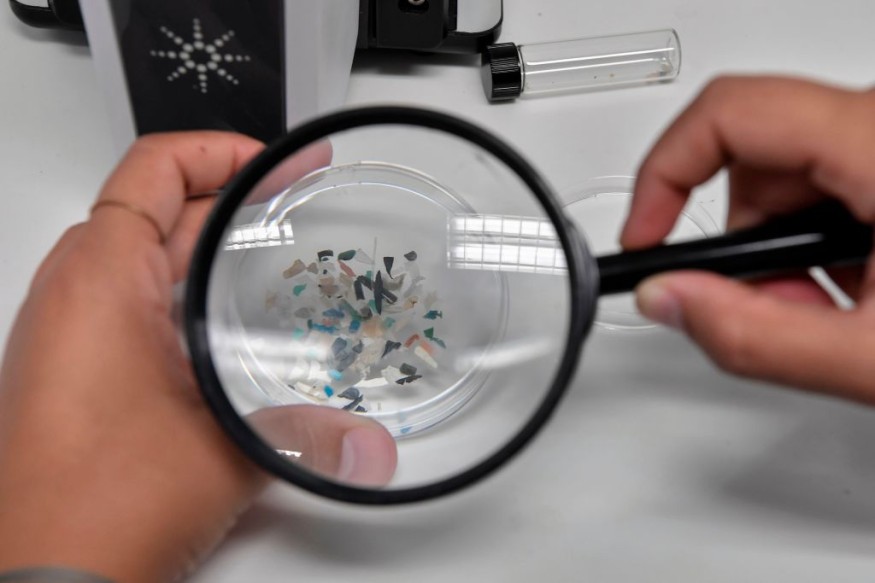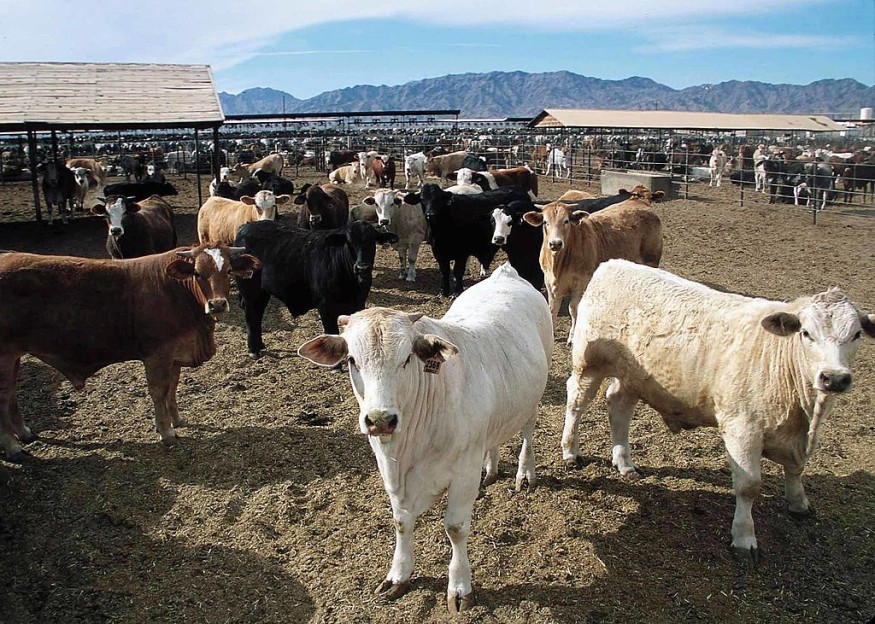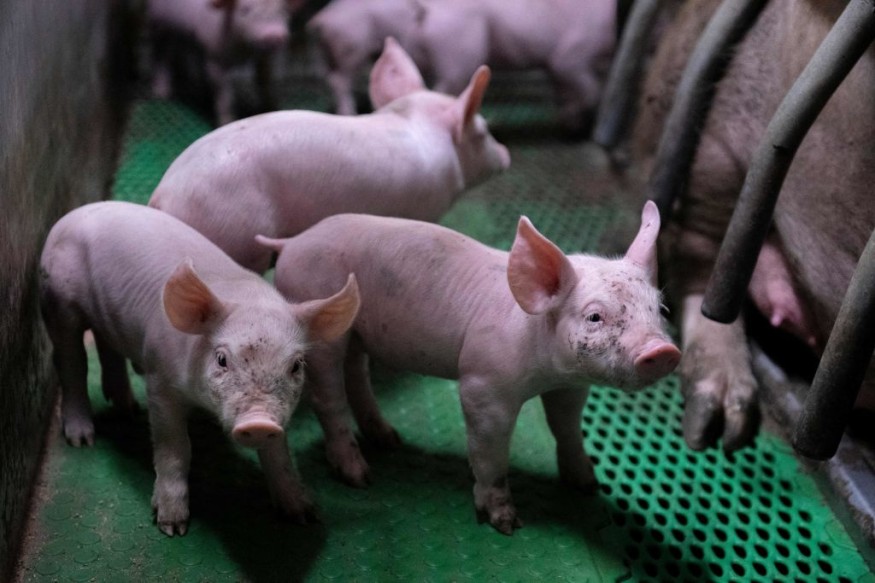Microplastics are found in farm animal flesh, milk, and blood. The pieces were discovered in retail items and on Dutch farms, but the human health consequences are yet unclear.

Microplastic Contamination
For the first time, microplastic contamination has been found in beef and pork and in the blood of farm cows and pigs.
In their pilot investigation, scientists from the Vrije Universiteit Amsterdam (VUA) in the Netherlands discovered the particles in three-quarters of the meat and milk products analyzed and every blood sample.
They were also discovered in every animal pellet feed sample analyzed, indicating a potentially significant pathway of contamination. Another possibility is that the meal was packed in plastic.
Detecting the Contaminants

In March, VUA researchers announced the presence of microplastics in human blood for the first time, and they used the same procedures to test animal products. Detecting the particles in blood demonstrates that they may move throughout the body and become lodged in organs.
Possible Impacts
The impact on human or farm animal health is unknown at this time. Still, experts are worried since microplastics have been shown in the laboratory to harm human cells, and air pollution particles are already known to penetrate the body and cause millions of premature deaths each year. Microplastics are also known to affect some species.
Massive amounts of plastic garbage are poured into the environment, and microplastics have polluted the whole earth, from Mount Everest's top to the deepest oceans. People have already been observed consuming the microscopic particles through food and water and breathing them in.
"When you measure blood, you're determining the absorbed dosage from all of the numerous exposure routes: air, water, food, and so on," explained Dr. Heather Leslie of VUA. "So it's incredibly exciting because it shows you right away what's piercing the river of life."
Initial Investigation

The pilot investigation was carried out to determine the presence of microplastics in farm animals, meat, and dairy. "It should serve as a catalyst to further investigate the entire breadth of exposure and any problems that may be linked with it," Leslie added.
Microplastics, including polyethylene and polystyrene, were discovered in all 12 samples of cow and pig blood analyzed by the investigators. Milk from store cartons, milk tanks on farms, and hand-milking was among the 25 samples. Microplastics were found in eighteen samples, with at least one of each kind.
Inside Cows
Seven of the eight beef samples were infected, as were five of the eight pork samples. "It is uncertain if these findings pose any possible toxicological hazards," according to the paper. Other nations have yet to test farm animals and meat; however, microplastics were found in bought milk in Switzerland in 2021 and farm milk in France.
"With microplastics prevalent in animal feed, it is not unexpected that a clear majority of the meat and dairy products tested included microplastics," said Maria Westerbos of the Plastic Soup Foundation, which commissioned the research. To preserve the health of cattle and humans, we urgently need to eliminate plastic from animal feed."
Related Article : Traces of Plastic Found in Air from the World's Highest Peaks
For more environmental news, don't forget to follow Nature World News!
© 2025 NatureWorldNews.com All rights reserved. Do not reproduce without permission.




